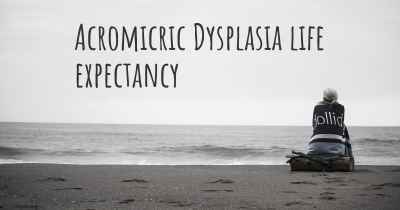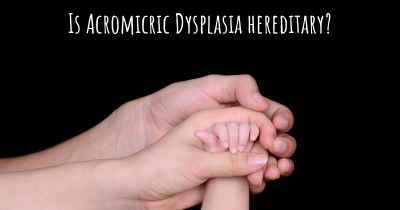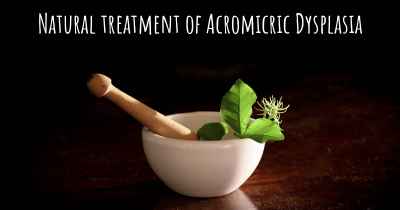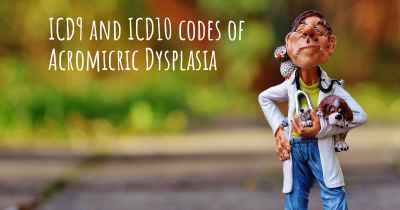Acromicric Dysplasia diet. Is there a diet which improves the quality of life of people with Acromicric Dysplasia?
Are you aware of a diet that can improve the quality of life of people with Acromicric Dysplasia? Is there a diet that is suggested to avoid when having Acromicric Dysplasia? See if there is a diet that can improve the quality of life of people with Acromicric Dysplasia, recommended and to avoid food when having Acromicric Dysplasia
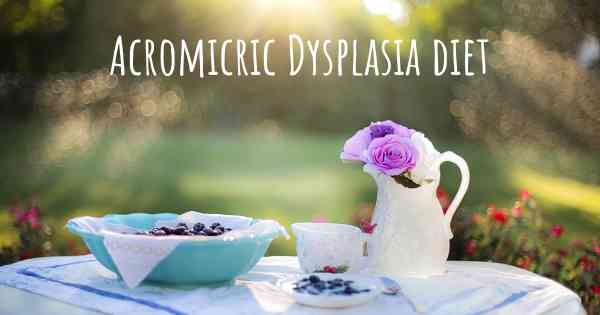
Acromicric Dysplasia Diet: Improving Quality of Life
Acromicric dysplasia is a rare genetic disorder characterized by skeletal abnormalities, short stature, and distinctive facial features. While there is no specific diet that can cure or treat acromicric dysplasia, a well-balanced and nutritious diet can significantly improve the overall quality of life for individuals with this condition.
The Importance of a Balanced Diet
A balanced diet plays a crucial role in supporting overall health and well-being. For individuals with acromicric dysplasia, a diet that focuses on providing essential nutrients, promoting bone health, and managing potential complications can be beneficial.
Key Nutrients for Acromicric Dysplasia
1. Calcium and Vitamin D: Adequate intake of calcium and vitamin D is essential for maintaining bone health. Foods rich in calcium include dairy products, leafy green vegetables, and fortified cereals. Vitamin D can be obtained from sunlight exposure and dietary sources like fatty fish and fortified dairy products.
2. Protein: Protein is important for growth, development, and tissue repair. Good sources of protein include lean meats, poultry, fish, eggs, dairy products, legumes, and nuts.
3. Fiber: A diet rich in fiber can help regulate bowel movements and prevent constipation, which is a common issue in individuals with acromicric dysplasia. Whole grains, fruits, vegetables, and legumes are excellent sources of dietary fiber.
4. Omega-3 Fatty Acids: Omega-3 fatty acids have anti-inflammatory properties and may help reduce joint pain and inflammation associated with acromicric dysplasia. Fatty fish (such as salmon and mackerel), flaxseeds, chia seeds, and walnuts are good sources of omega-3 fatty acids.
Managing Potential Complications
Individuals with acromicric dysplasia may experience certain complications that can be managed through dietary modifications:
1. Weight Management: Maintaining a healthy weight is important to minimize stress on the joints and reduce the risk of obesity-related complications. A balanced diet, portion control, and regular physical activity can help achieve and maintain a healthy weight.
2. Joint Health: Consuming foods rich in antioxidants, such as fruits and vegetables, may help reduce oxidative stress and support joint health. Additionally, incorporating foods with anti-inflammatory properties, like turmeric and ginger, may provide some relief from joint discomfort.
3. Digestive Health: Adequate fiber intake, along with drinking plenty of fluids, can help prevent constipation and promote regular bowel movements. It is important to consult a healthcare professional for personalized dietary recommendations to manage digestive issues.
Consulting a Healthcare Professional
While a balanced diet can improve the quality of life for individuals with acromicric dysplasia, it is essential to consult a healthcare professional or a registered dietitian for personalized dietary advice. They can assess individual needs, provide specific recommendations, and monitor any potential nutrient deficiencies or complications.
Disclaimer: The information provided here is for informational purposes only and should not replace professional medical advice. Always consult a healthcare professional for personalized guidance.
